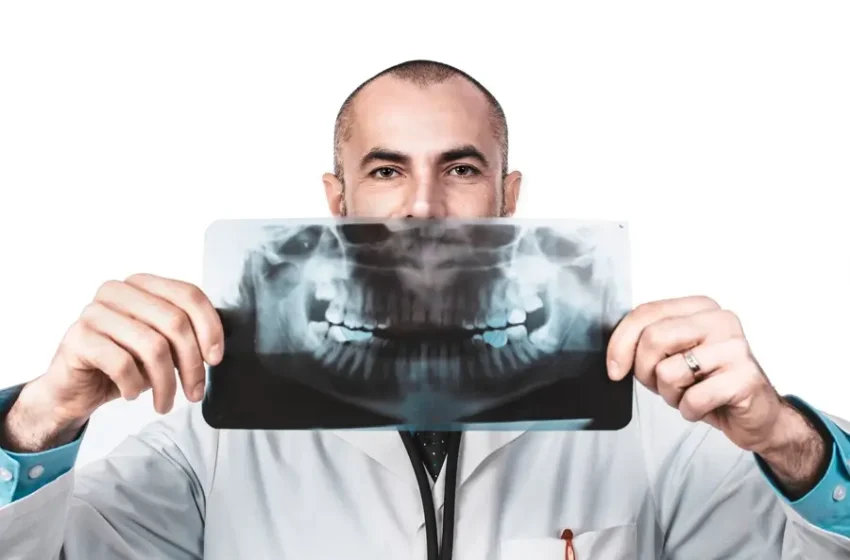Precision in Perspective: Understanding c

Accurate disease diagnosis is paramount for devising successful treatment strategies. Panoramic X-rays serve as indispensable diagnostic tools, providing comprehensive imaging that facilitates the early identification of oral conditions.
At Oshawa dentist office we prefer panoramic X-rays for diagnosis owing to their superior precision and accuracy compared to traditional X-rays. This preference guarantees patients receive precise and reliable diagnoses.
| A panoramic X-ray, also referred to as an orthopantomogram (OPG), is a dental imaging technique that provides a comprehensive view of the entire oral cavity, encompassing the upper and lower jaws, temporomandibular joints (TMJ), teeth, nasal area, and sinuses. Unlike traditional X-rays, which focus on specific areas, panoramic X-rays offer a unified, flattened representation of the curved jaw structure. This single image captures the entirety of the oral cavity, offering a comprehensive perspective for evaluation. |
How are panoramic X-rays recorded?
The panoramic X-ray is performed by the same principles that are followed during a traditional X-ray:
- You will be taken to the radiology room and asked to remove any jewelry or metal accessories.
- You will be made to stand or sit still in front of the X-ray machine with your chin resting on a small chin rest.
- A bite block will be used to keep your mouth slightly open.
- The X-ray machine arm will rotate in a semicircle around your head along a specified angle, starting from one side of your jaw and ending at the other.
What benefits do they offer?
Panoramic X-rays are preferred over traditional X-rays due to the following benefits:
- Comprehensive View
- They provide a broad view of the entire oral cavity, including the teeth, jaws, temporomandibular joints (TMJ), sinuses, and surrounding structures.
- Efficient Diagnosis:
- Panoramic X-rays enable dentists to diagnose various dental conditions, such as impacted teeth, cysts, tumors, fractures, and bone abnormalities.
- Minimal Radiation Exposure:
- Compared to traditional X-rays, panoramic X-rays expose patients to lower levels of radiation while still providing detailed images.
- Convenient Procedure:
- Patients find panoramic X-rays comfortable and convenient, as they require minimal preparation and can be completed quickly.
- Treatment Planning:
- Dentists use panoramic X-rays to develop comprehensive treatment plans for various dental procedures, including orthodontic treatment, dental implants, and oral surgeries.
- Patient Education:
- Panoramic X-rays allow dentists to educate patients about their oral health conditions and discuss treatment options effectively.
Final takeaway
Panoramic X-rays mark a significant leap forward in dental diagnostics, providing rapid access to high-quality imaging. Their exceptional accuracy and precision significantly enhance diagnostic capabilities while reducing the risk of errors. It’s important to consult your dentist about the necessary precautions to minimize any potential risks of overexposure during panoramic radiography.